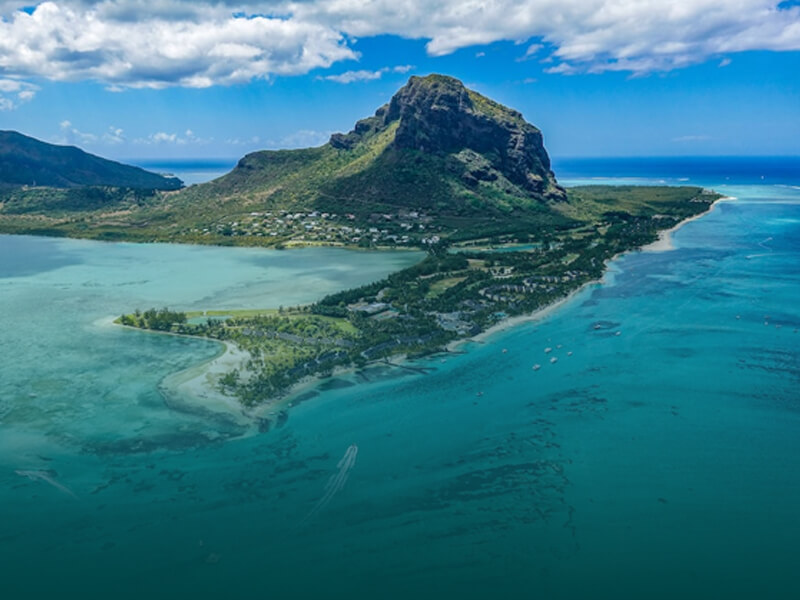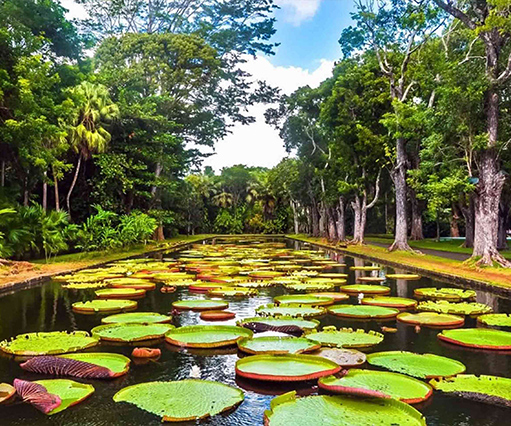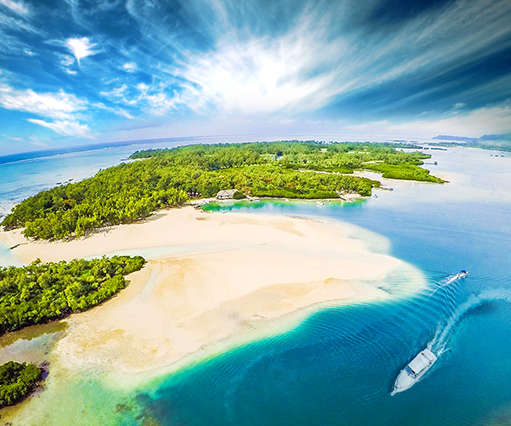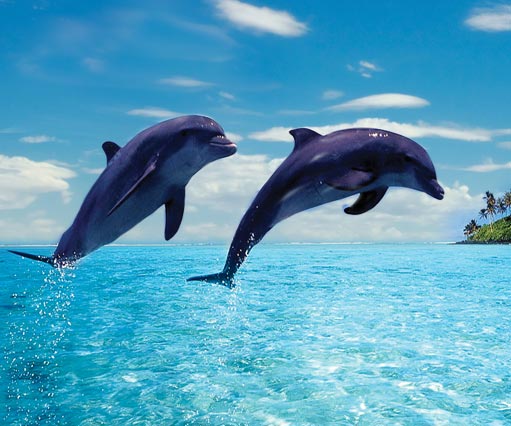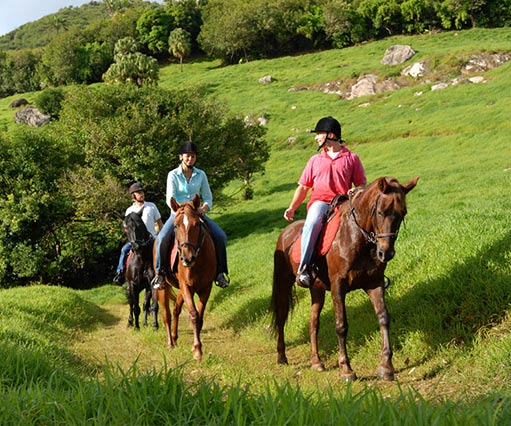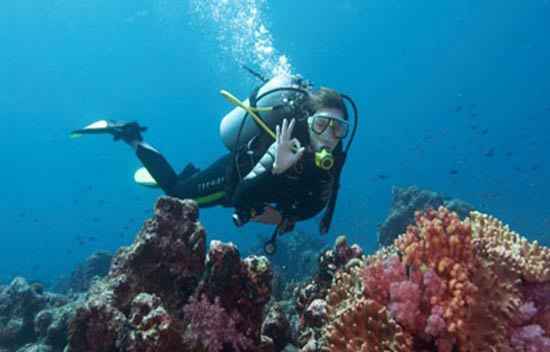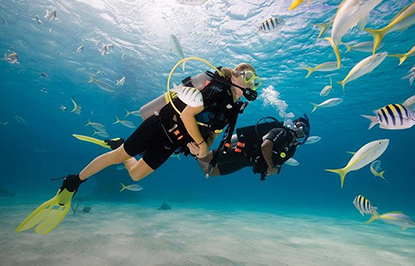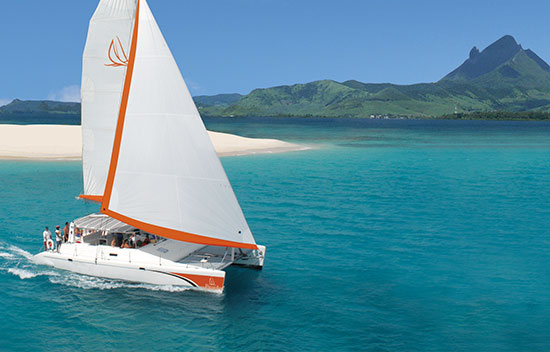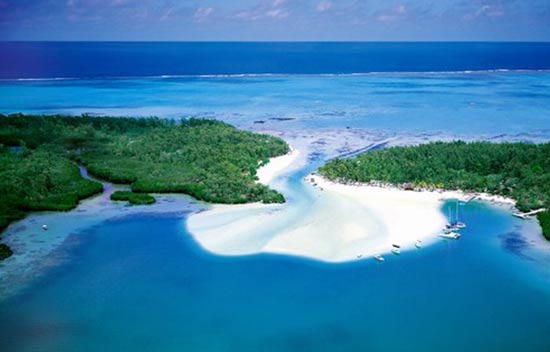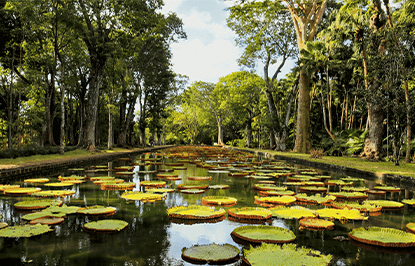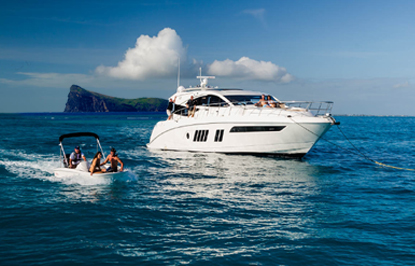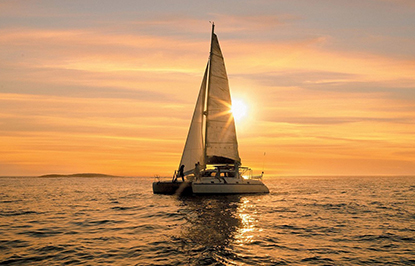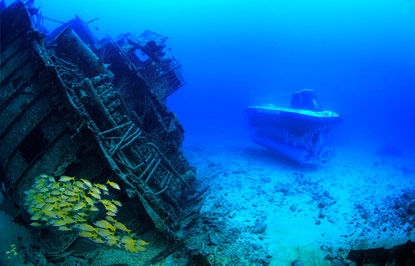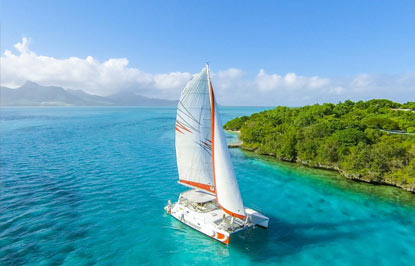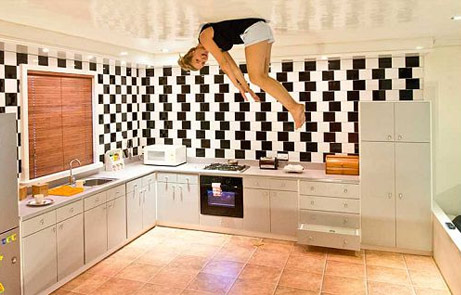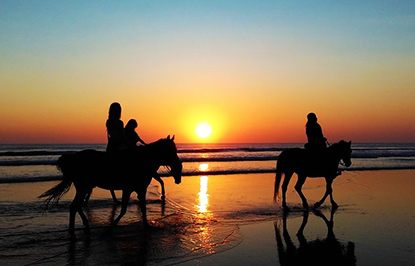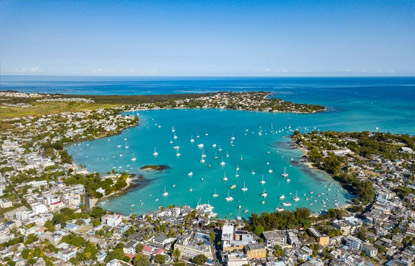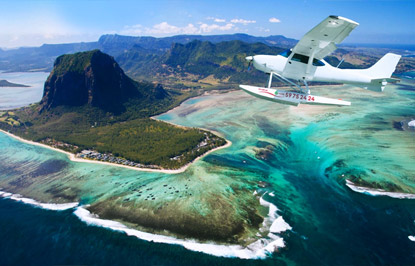Ce contenu n'est pas disponible en français
Quels Sont Les Sites Historiques Incontournables à Visiter? Voici Les 10 Premiers!
Mauritius has a lot more to offer apart from its beautiful sandy beaches and pristine turquoise lagoons. Thanks to its captivating history, Mauritius has a wonderful culinary scene and a diverse, rich religious and cultural landscape.
The past of this paradise island is utterly fascinating and a better understanding of its history will allow visitors to have greater insight into the vibrant country.
Below are some of the historical places you can explore for you to gain a better understanding of the island's rich heritage, visit cultural sites, and sample the local cuisine.
1. Aapravasi Ghat
Aapravasi Ghat, which literally means "Immigration Depot," is one of Mauritius' most significant historical locations. The site has been designated a UNESCO World Heritage Site and includes the ruins of the structures that shaped the complex, used by indentured labourers under British colonial rule. It is located on the bay of Trou Fanfaron, in the capital of Port-Louis.
After the abolition of slavery, Aapravasi Ghat marks the start of the British government's "Great Experiment." The first colony to receive indentured labourers under this scheme was Mauritius. The majority of the immigrants were from India, Southeast Asia, Madagascar, and Eastern Africa. Mauritius received over 450.000 of them. The system quickly expanded across Africa and the Caribbean.
The permanent depot was built in 1849. Immigrant sheds, officer quarters, a hospital, and offices are all part of the complex. After disembarkation, all immigrants were photographed and recorded. Sections of the depot were eventually destroyed by the government and cyclone Carol in 1960 after the indentured labour scheme was abolished in the 1920s.
With ancient walls and doors, the sites have a rich heritage that distinctly describes the past of enslaved labour under British rule. The place is a true gem of Mauritius where you can even take a guided tour.
Book your visit to the Aapravasi Ghat
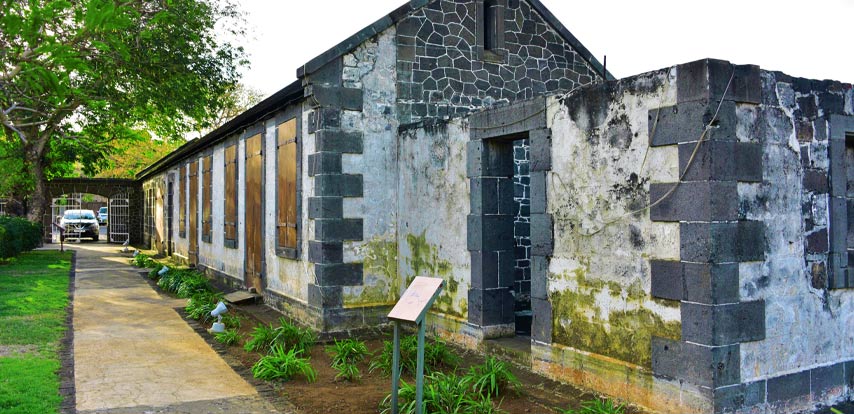
2. Baie De l’Arsenal (Arsenal Bay)
The remains of a once-thriving foundry that created a wealth of military supplies can be seen in the ruins of a French Arsenal which are located in Balaclava in the north of the island.
An explosion at the foundry in 1774 resulted in the deaths of 300 slaves. It's one of Mauritius' lesser-known historical sites, but it's well worth a visit if you're in the region.
If you are staying at Hotel Maritim, you can actually visit the grounds to witness the ruins and those who are not staying, can get permission from the hotel security guard.You will be able to see clearly the flour mills & lime furnace and experience the vibes of the prime attraction in Mauritius.
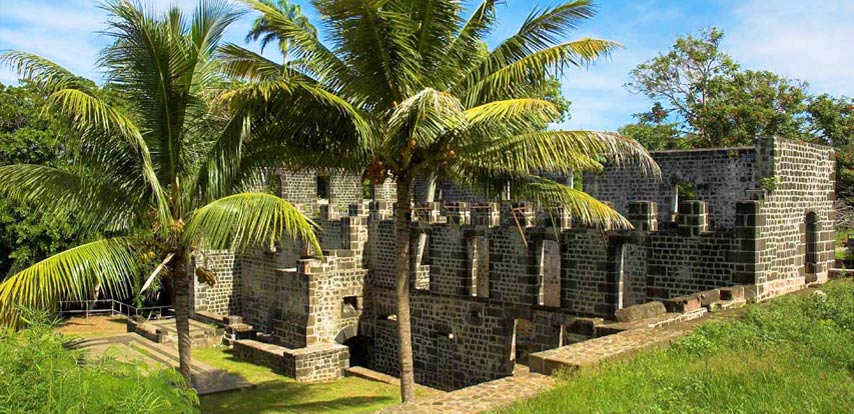
3. La Route du Thé (The Tea Route)
La Route du Thé is a gastronomic and cultural journey, aiming to update different facets of colonial and traditional Mauritius. It is carried out in three stages:
1st Stage of the Tea Route - Domaine des Aubineaux
The tour starts at the Domaine des Aubineaux, one of the few remaining traditional colonial mansions from the late 1800s, situated in the highlands. Guides will take you on a cultural tour of the building, which was designed in 1872 and contains furniture from the Compagnie des Indes as well as a fine selection of period photographs.
You'll also visit the old stables, which have been converted into a conference room on one side and an important oil store and distillery on the other. Enjoy the floral park and the Camphriers garden after a break at the tea room where you will cherish the island's variety of tropical plants and endemic species.
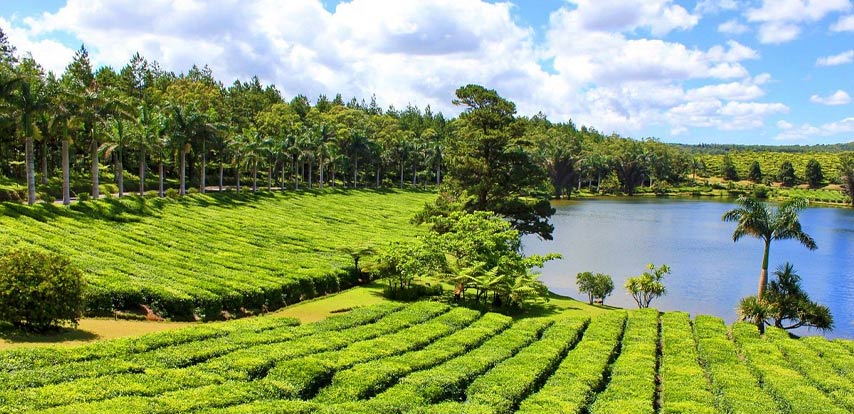
2nd Stage of the Tea Route - Bois Chéri
Bois Chéri is the second stop where you will make your way to the tea factory. The guides will be delighted to show and explain the different stages of tea production. The tour concludes with a visit to a tea museum.
To illustrate the whole thing, a tasting is offered in a panoramic chalet with views of the domain and the entire south of the island. At Restaurant Le Bois Chéri, you can also try the chef's tea delicacies.
3rd Stage of the Tea Route - Le Saint Aubin
The final stage is located a few kilometres north of Souillac, in the direction of Rivière des Anguilles. A colonial house built in 1819 can be found in Saint Aubin. Until being rebuilt in the 1990s, it was the home of the sugar estate's various administrators.
This location has been converted into a table d'hôte and will serve you a traditional Mauritian meal made with local ingredients. A new small sugar factory has been built so that tourists can see the entire sugar cane production process. The property not only grows sugar cane but also tasty agricultural rum, which you can watch being made at the distillery.
La Route du Thé is a beautiful place that is definitely worth a visit during your trip to Mauritius.
Book the Complete Tea Route Tour
4. St. Aubin House
St. Aubin House, which is located on an old plantation, is one of the best places to visit for those interested in Mauritius' colonial history. The farm, which is nearly 200 years old, once housed a sugar factory that was relocated in the 1970s.
Today, it is home to a rum distillery, a restaurant that features a naval museum, a spectacular green botanical garden, a mini farm, and also a few anthurium greenhouses. It is a place that reunites every member of the family. Le Domaine de St-Aubin is the third stop along the Mauritian Tea Route; following Le Domaine des Aubineaux and Le Domaine de Bois Chéri.
When visiting Mauritius, the place is a perfect spot for photos and lunch. Take a picture of the glorious colonial house for an epic shot that will transport you back in time. St-Aubin is now formally recognized as part of Mauritius' architectural heritage; you’ll definitely see why it is worth this status while visiting.
Book your visit to Saint Aubin House
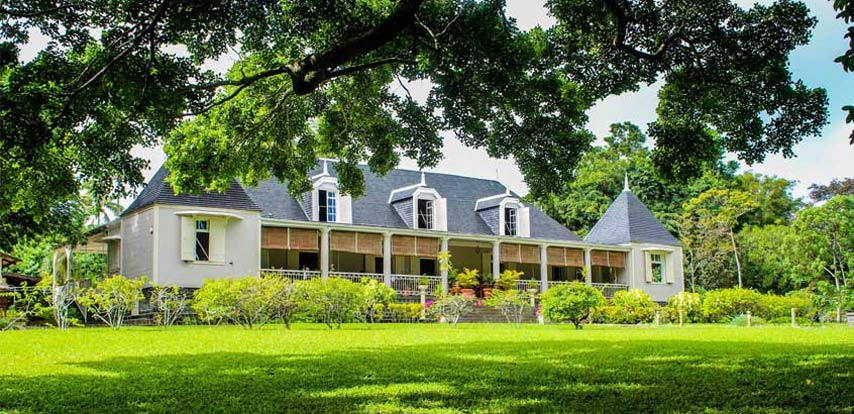
5. Beau Plan Sugar Mill
The Beau Plan Sugar Estate ceased operations in 1998, after 177 years of raw sugar production. The factory building was transformed into a popular museum, L'Aventure du Sucre, which tells the fascinating story of Mauritius' sugar industry.
Located in Pamplemousses, the old estate offers a palpable sense of place, and the museum does an excellent job of conveying how the complex story of sugar is intertwined with the roots of the Mauritian people going back four centuries, all woven into the history of the island itself.
The various stages of sugar production are exhibited in an authentically re-created setting, from early cane cultivation and the role of slavery in growing this crucial crop, to the development of finished goods and their eventual exportation to Western markets. Much of the original machinery is still on display, including two locomotives and a large wooden barge which was last used in 2000 to transport sugar from Mauritius to Madagascar.
A tour of the museum can take between 2 and 3 hours and ends with a sugar tasting alongside some local rum. You’ll also have the chance to dine in the beautiful on-site restaurant Le Fangourin, located in a lovely lush setting overlooking the mountains of the central plateau. You can even purchase some souvenirs at the Village Boutik, including rum, fruit pastes, scented candles and, of course, all kinds of sugary treats.
Book your visit to the Sugar Museum and Factory
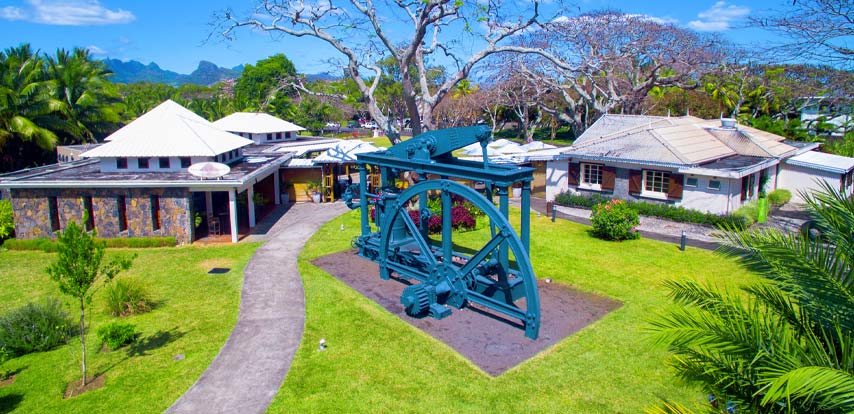
6. Martello Tower
The Martello Tower, made of dark bricks laid down in a circular tower around 10m in height stands tall on the beach of La Preneuse, which is located on the south west coast of Mauritius.
Martello Tower was built in the 19th century by the British to guard the colony against the French army. The tower has an incredible structure with great architecture that now works as a museum. You will find the experts in the museum who will explain to you the history of the construction and architecture of the towers.
You can take a tour of these towers that have copper cannons that can target as far as 2 km. It is an exceptional place to be and if you are an avid history fan, be sure not to miss this location.
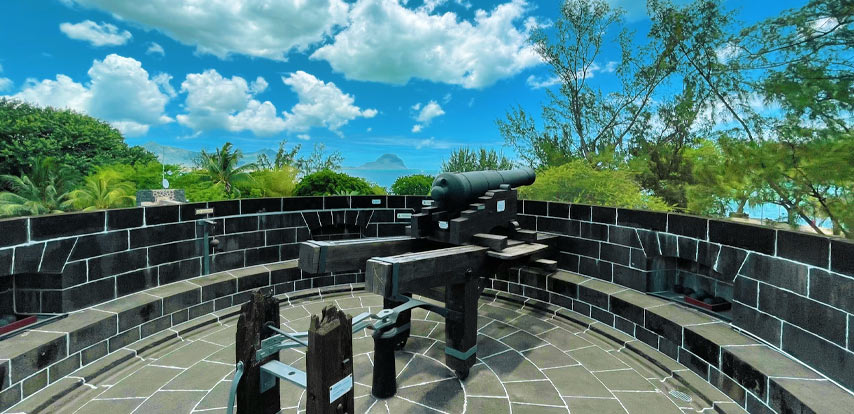
7. Eureka House
Eureka House should be on the top of your list if you would like to visit an attraction related to Mauritius' rich colonial history.
Established in the 1830s, this beautifully restored Creole mansion now serves as a museum and veritable time machine offering a fascinating insight into the island's vivid plantation history.
The main manor house is a tropical beauty with 109 doors and has more rooms than a Cluedo board. It is said to have kept the interior deliciously cool during the unbearably hot summers. Incredible furniture, old maps, and phenomenal antiques make this a very special place to visit.
The courtyard behind the main mansion contains beautifully manicured grounds surrounded by a set of stone cottages which were once the former servants' quarters and kitchen. Follow the trail out the back for 15 minutes and you'll reach a lovely waterfall.
Book your visit to the Eureka House (Maison Eureka)
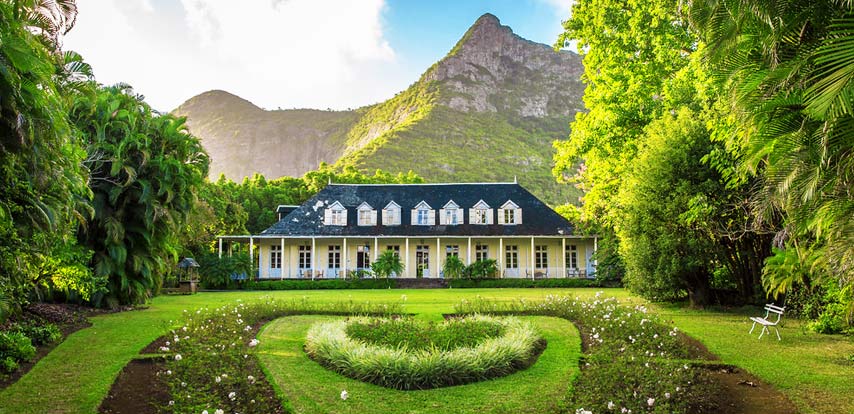
8. Le Morne
Another historically important location in Mauritius is Le Morne Brabant, a landmark mountain located near the famous Le Morne Beach in the southwest of the island, which was said to have served as a safe refuge for escaped slaves.
It is said that they set up small communities and lived in caves until slavery was abolished when a very sad event took place here. The mountain today is seen as a symbol of hope and freedom and it has been named a UNESCO World Heritage site.
Hiking le Morne is truly worth doing but it does require some degree of fitness and experience. The 7-kilometre climb up the peak, which is just 556 metres above sea level, normally takes 3-4 hours and provides some absolutely spectacular views of Le Morne beach and the famed "underwater waterfall," which is better viewed while flying over the south west coast of Mauritius.
Book the Half Day Hike at Le Morne Brabant
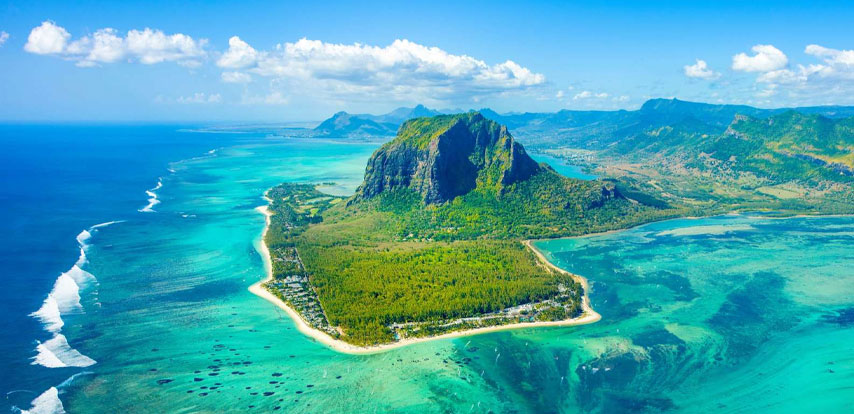
9. Matthew Flinders Monument
Mauritius, having a rich history, never fails to provide you with historical sites to explore and transport you back in time. The Matthew Flinders Monument is one of the island's major attractions. It stands on the shore of Baie du Cap, 500 metres towards the west.
The Matthew Flinders Monument was unveiled on 6th November 2003 at Baie du Cap by Philippe de la Hausse de la Louvière, President of the Société de L'Histoire of Mauritius. The bronze monument displays the structure of Matthew Flinders in a simple, stonewalled room marking his detention period and is surrounded by a chest, his flute, his beloved cat Trim and a compass.
The Matthew Flinders Monument was inaugurated to commemorate the 200th anniversary of the arrival of this English cartographer and navigator on the island. His arrival was very dramatic, as the young man had no knowledge of the English-French war and was jailed for a period of six years.
This place is a wonder of the island and welcomes history enthusiasts.
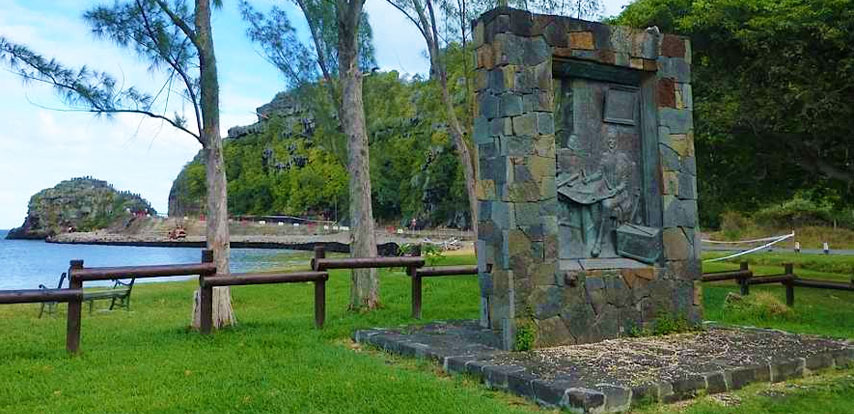
10. Citadel Fort
Citadel Fort, also known as Fort Adelaide, is located at a height of 100 metres atop the hill of Petite Montagne. It was named after William II's wife when the British owned the land in Port Louis. The fort is situated in a prominent location that provides views of the harbour as well as the entire city of Port Louis.
Colonel Cunningham built the impressive Fort in the 19th century to protect the British Army from the approaching enemy, and many Indian and African slaves helped with construction. The structure is made up of large, rugged rectangular blocks that have weathered to a greyish black colour over time.
An underground tunnel was made to lead the army swiftly directly to the harbour whenever the enemies attacked. The Fort was one of the four forts built for the purpose of defending the army from the attackers and safeguards the destruction, unlike the other three forts like Fort William, Fort George, and Fort Victoria.
Now, the fort has been converted into a National monument of Mauritius. Surrounding the fort is also the Caudan Waterfront and the vast Indian Ocean. Fort Citadel remains a popular tourist destination and it provides stunning views of the city.
Book the Mauritius North Tour (Private Tour)

Tailor Made - Mauritius Historical Places
You may also create your own Tailor Made Tour and visit any Mauritius Historical site of your choice by clicking on the link.














